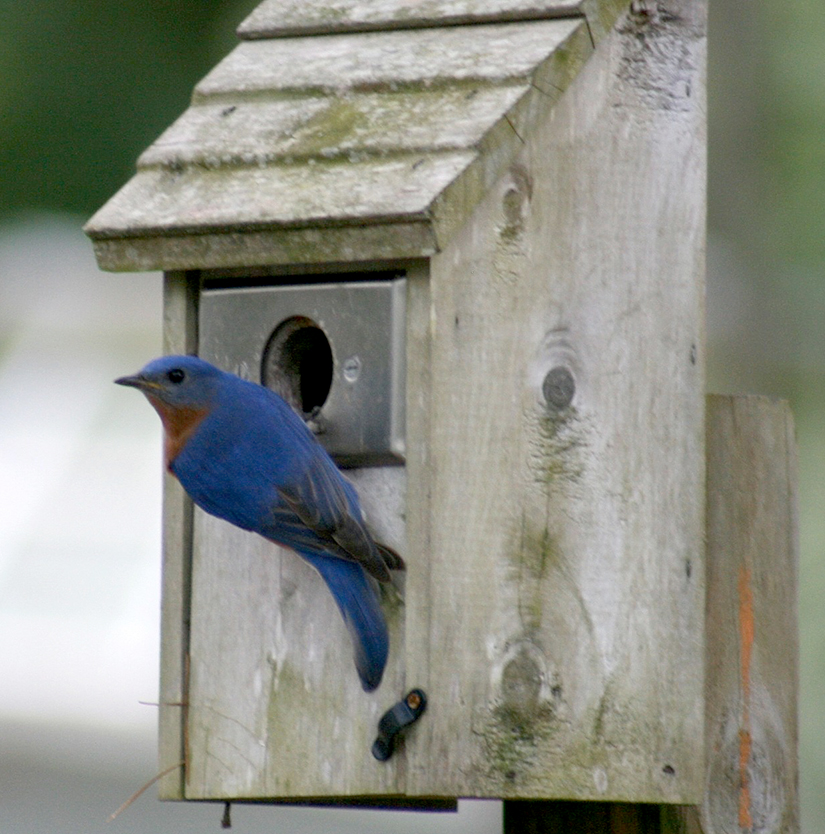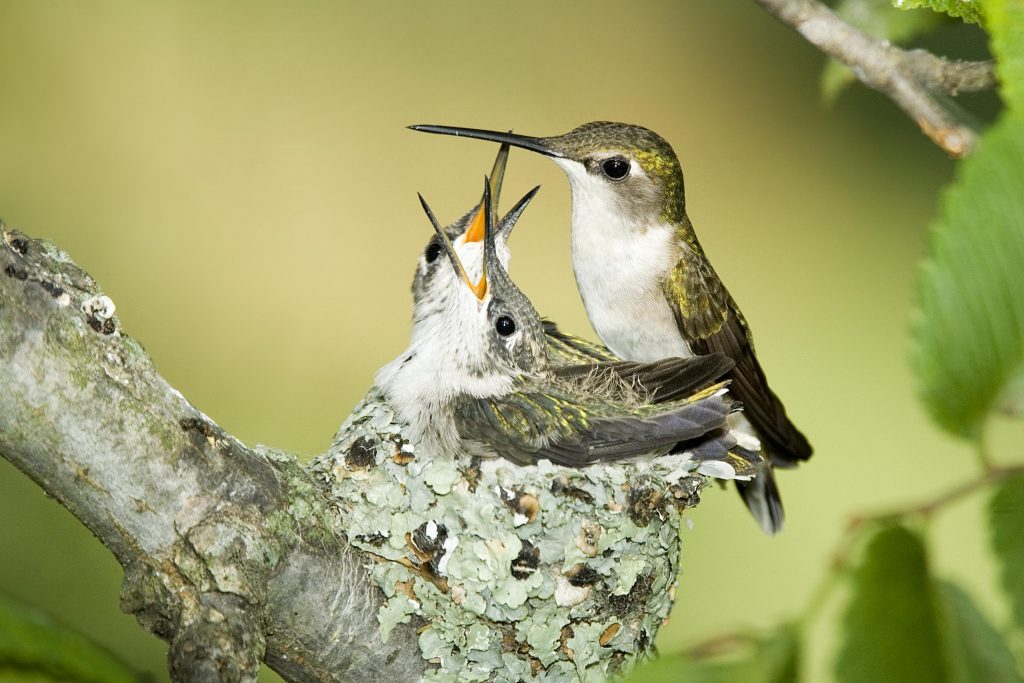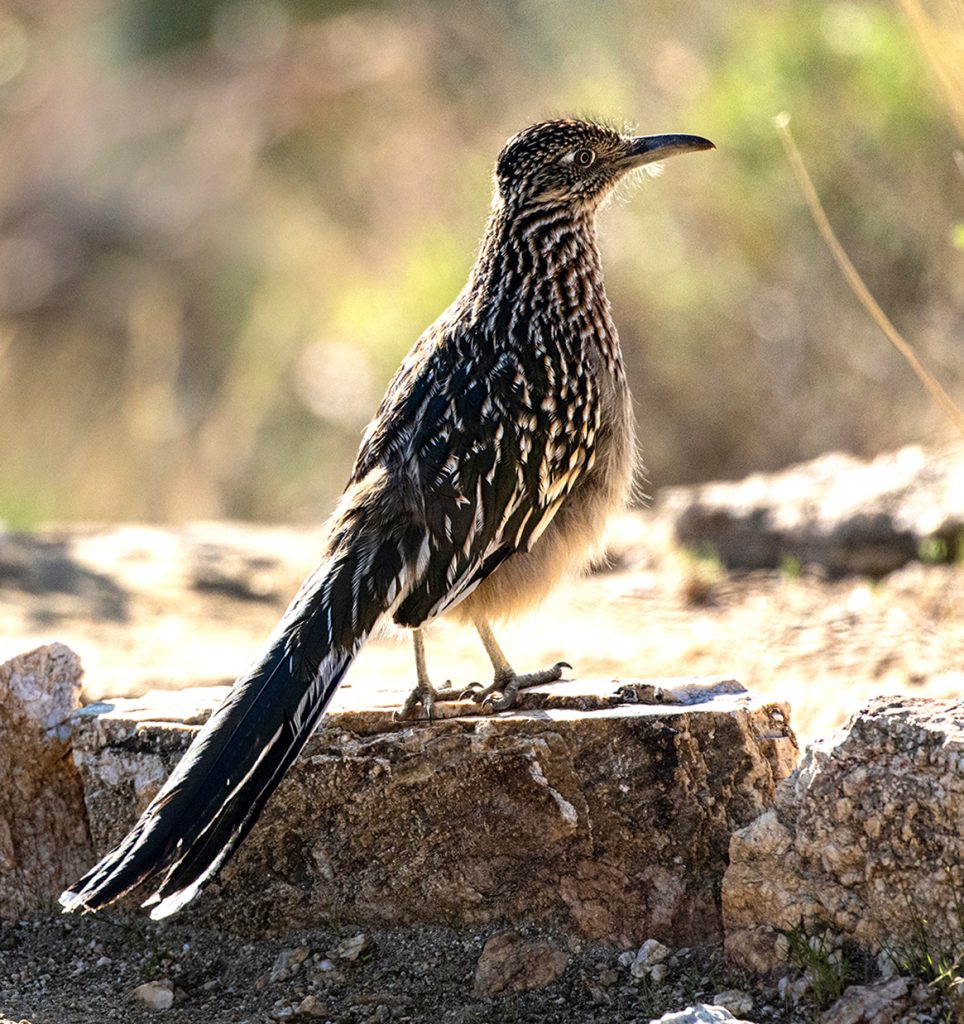
New Mexico boasts more than 300 species of birds and far more than 100 nest in our watershed. Those nesting in the mid Rio Grande watershed have two different strategies for nesting.

Cavity nesters are birds that typically use hollow cavities inside living or dead tree trunks as nesting sites. Often these cavities were originally created by woodpeckers and later taken over by other species such as chickadees, nuthatches, flycatchers and wrens. Birdhouses simply take the place of these cavities. Partly because of the growth of the human population, cavity bird nesting sites have become scarce. As we spread out to build more houses and cut down trees, we eliminates natural nesting cavities and increases the need for human-made birdhouses. Bluebirds are the perfect example. The effects of urban sprawl in the last century has had a devastating effect on bluebird populations. As a result, bluebirds today are quite dependent upon human-made housing. In New Mexico, both the Mountain and Western Bluebirds will readily nest in a proper nesting box.
What kind of bird house does a cavity nester look for? Will she feel safe at this location? Can she look around and fly out straight? How high from the ground does she like her home and what size hole fits her need to keep predators out? All these questions can be answered after you decide first which species of bird you want to attract. Some times birdhouses will be found at an artisana show or farmer’s market. A wide number of species specific choices are available through Wild Birds Unlimited.
What about the other birds?

Birds that don’t nest in cavities or birdhouses build their nests elsewhere. This includes birds such as robins, doves, and finches who nest in shrubs and tree branches. Hummingbirds weave a tiny nest from lichen, moss and other materials holding it all together and lashing it to a tree branch with the silk from spider webs. Black-chinned, Rufous, Anna and Broad-tailed are the most likely hummingbirds to nest in our area. Some birds like meadowlarks and towhees build their nests on the ground, often well hidden from predators. Curve-billed Thrashers build their nests deep into the branches of the cholla cactus. Although quite visible, the nest and its young remain fairly safe from predators as going after the nest would prove a thorny pursuit. Roadrunners also might choose a cactus. Since they are carnivores, they want to be near a supply of baby birds, snakes or lizards. They like to line their twig platform with things like feathers, grass, or even snake skins.
A unique nest builder is the bushtit. They are common year-round residents in New Mexico and in the spring they build an impressive nest from moss, spider webs and grasses. It takes several weeks to build their woven hanging basket which can be up to a foot long. Its entrance/exit hole is at the top. The nest is well insulated, keeping it cool enough on hot summer days while retaining its warmth on cool nights. A breeding Bushtit pair often has helpers at the nest that aid in raising the young. Often the helpers are adult males.

You can help all these nesters by leaving lint from the dryer, dog hair, vacuum cleaner contents around in your yard. They will appreciate having a softer lining over the twigs. Also, Audubon suggests that 70% of your yard be native plants so birds can forage for the insects they are accustomed to.
As you spend time in your backyard or out walking or hiking in our beautiful state this spring and summer, keep your eyes peeled for bird nests often tucked deep into a shrub or high in the treetops. Better yet, come fall, look for abandoned bird’s nests often made visible as leaves drop.

